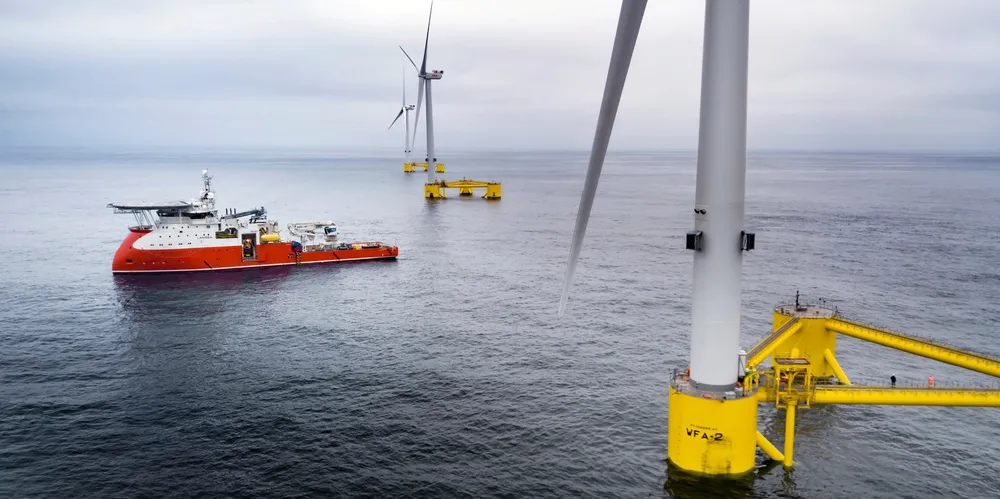Dolphyn floating wind-powered 'hydrogen from seawater' pilot leaps ahead with key deal
Developer ERM awards engineering work to platform technology front-runner Principle Power for innovative 10MW project with eye on first H2 generation by 2025

Developer ERM awards engineering work to platform technology front-runner Principle Power for innovative 10MW project with eye on first H2 generation by 2025
